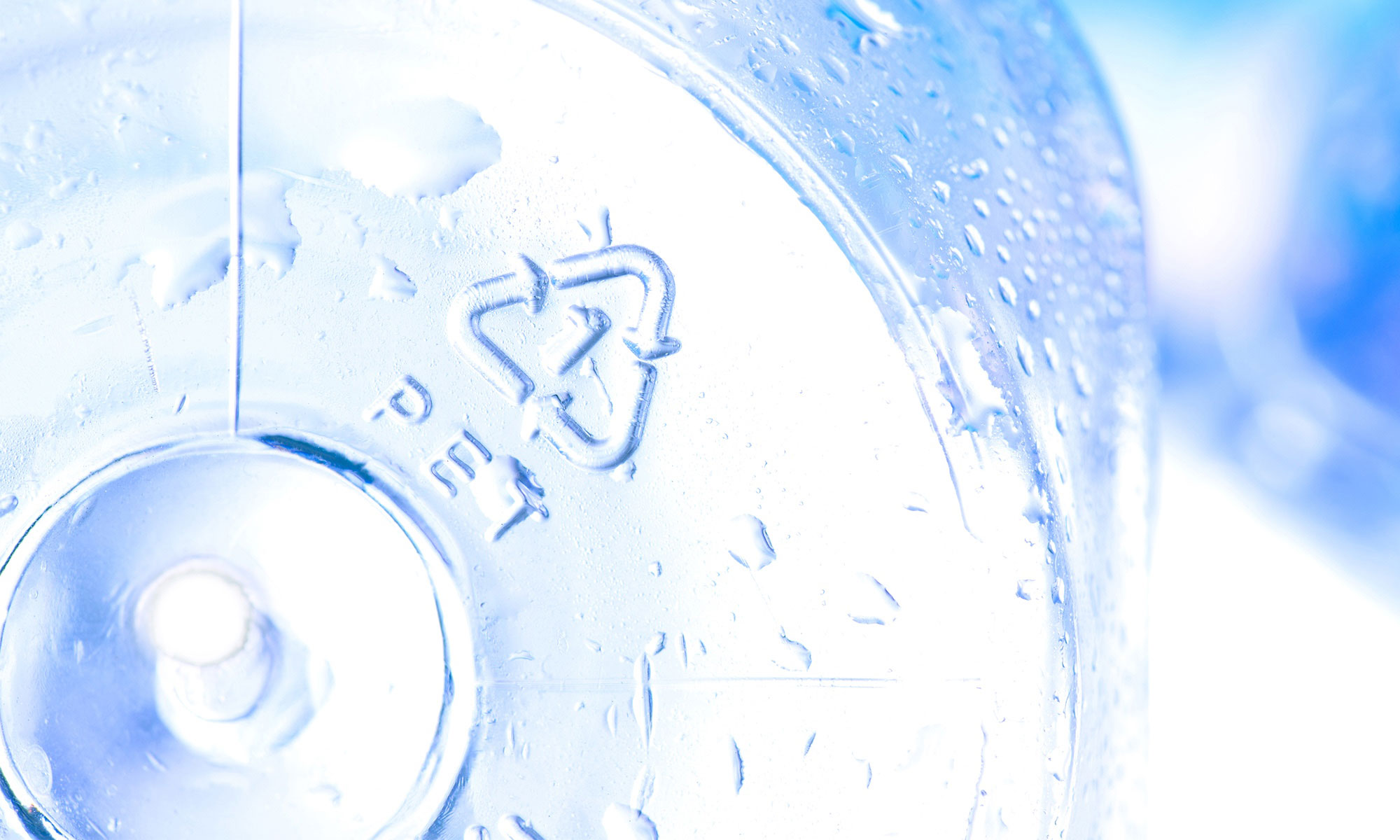
Debunking PET Myths.
We all need good information to make good decisions. Many have been misled about PET (polyethylene terephthalate) plastic; we’re here to set the record straight. Learn why PET is the #1 plastic. Download these facts as a PDF.
Debunking Common Myths & Facts About PET Plastics Recycling

It’s better to choose aluminum cans over PET bottles.

According to a 2023 cradle-to-grave peer-reviewed analysis by Franklin Associates which compared PET plastic, glass, and aluminum, PET plastic bottles use less energy, generate less solid waste, and create significantly fewer greenhouse gases than aluminum cans. In fact, a typical PET soda bottle has less than half the total greenhouse gas footprint of an aluminum can.
PET plastics are bad for the environment.

Multiple studies have shown PET bottles have a lower impact on key environmental metrics than aluminum and glass, including energy demand, solid waste, water consumption, climate change potential, smog, acid rain, and more. PET plastic can be recycled repeatedly and can be made with up to 100% post-consumer recycled material; it's made to be remade.
PET plastic bottles are the most common form of litter.

Discarded cigarette butts are actually the world’s leading form of litter, followed by food containers and wrappers. Plastic bottles—all different types—are third. These, as well as aluminum cans and glass bottles, are just a few of the many forms of litter for which we all must take greater responsibility. If more people were aware of PET’s endless recyclability, they’d be less inclined to throw PET bottles away. Remember, always recycle the 1!
When I use a PET bottle, I’m contributing to ocean debris.

As part of the circular economy, a PET bottle that is placed in a recycle bin today can be returned into a new bottle and back in your hand in just six weeks. When you choose to recycle your PET bottle, you’re helping our planet. If you put your PET plastic in the recycling bin, it can be recycled over and over again.
PET plastics can cause cancer.

Untrue. There are no known links between PET and cancer of any kind.
PET bottles in landfills can leach into groundwater and contaminate it.

PET bottles are chemically inert, so they pose no risk of leaching or contamination.
It’s better to choose an aluminum can for my beverage than a bottle made of PET.

Beverage containers made from PET have a lower carbon footprint than their aluminum counterparts, when you compare the whole life cycle of the product (i.e., making, transporting, using the product). The carbon footprint of a beverage container made with recycled PET can be 15% to 50% lower than its aluminum counterpart.
I’ve heard that BPA is present in water bottles.

PET has never contained bisphenol-A (BPA), nor will it ever.
A bottle made of glass is just as rugged as a bottle made of PET.

PET is strong and lightweight—and unlike glass, will not shatter when dropped.
Boxed water is better for the environment.

According to the EPA, many mixed plastic and paper cartons do not get recycled, contributing to the 78 million tons of packaging waste in landfills, as of 2015. Also, boxed water and juices often come with plastic straws and have plastic liners. Water bottles made from PET are up to 100% recyclable, including the caps! PET is commonly used in food containers, due to its organoleptic properties, imparting no odor or taste in your food or beverage.
